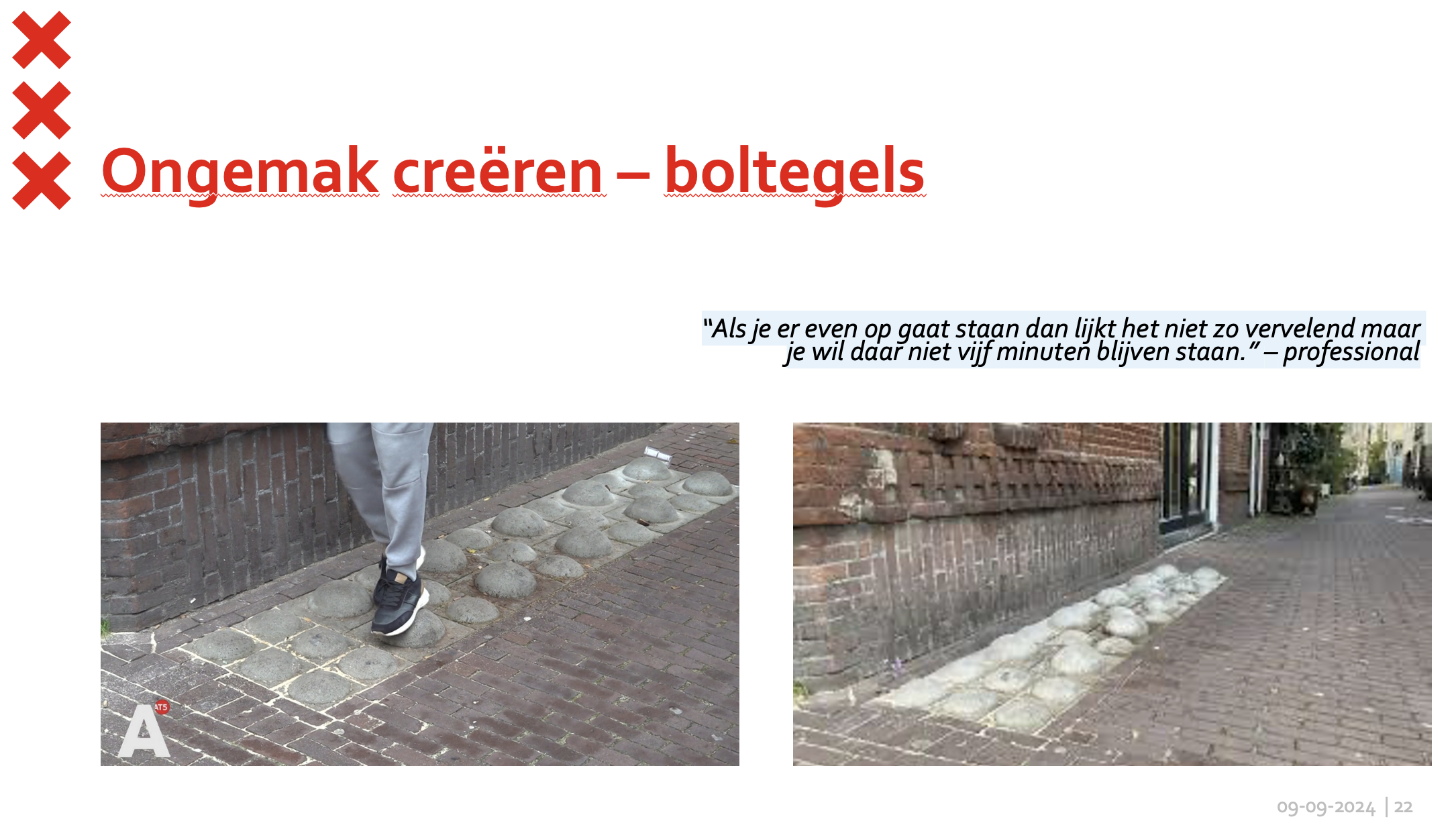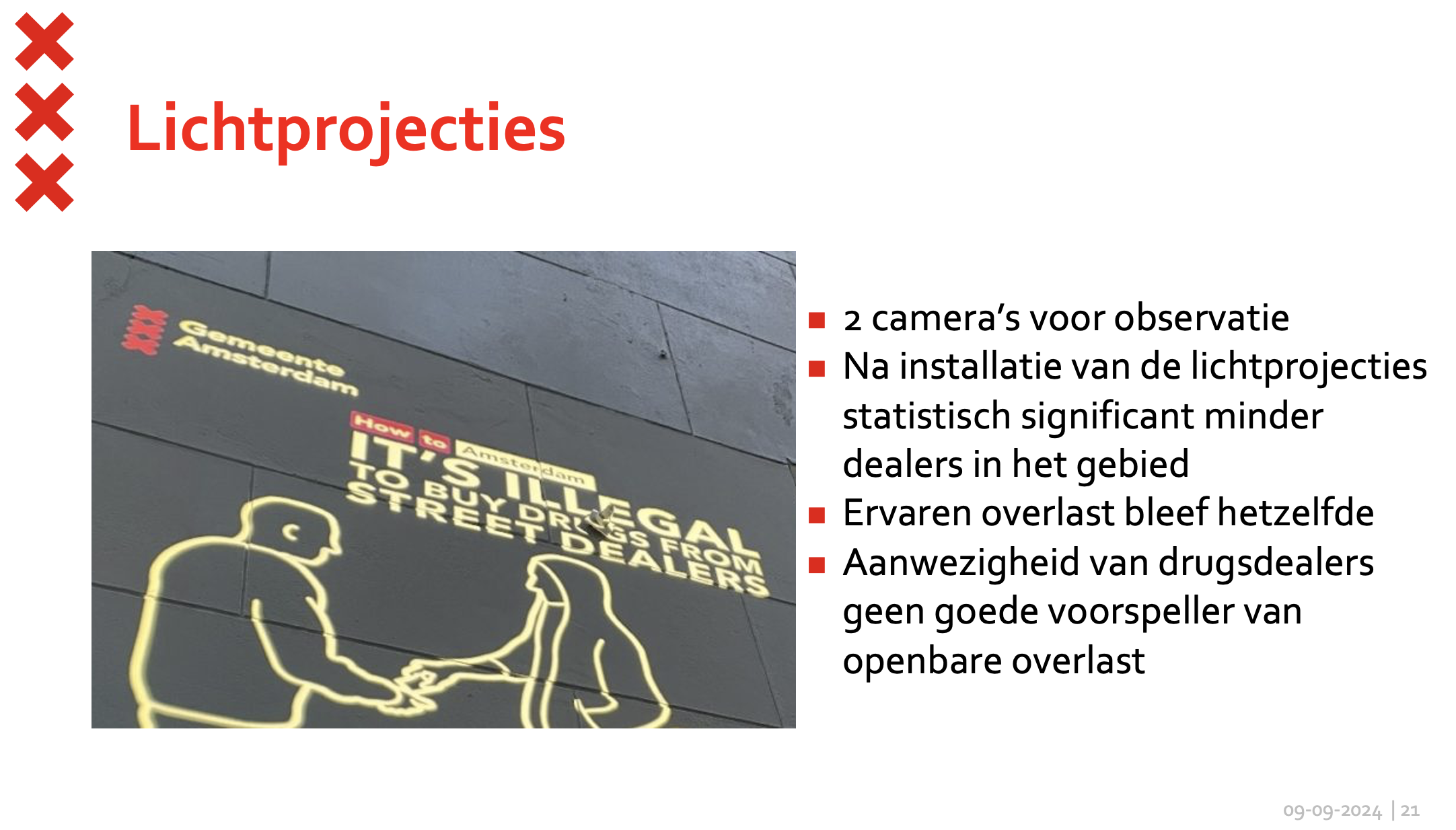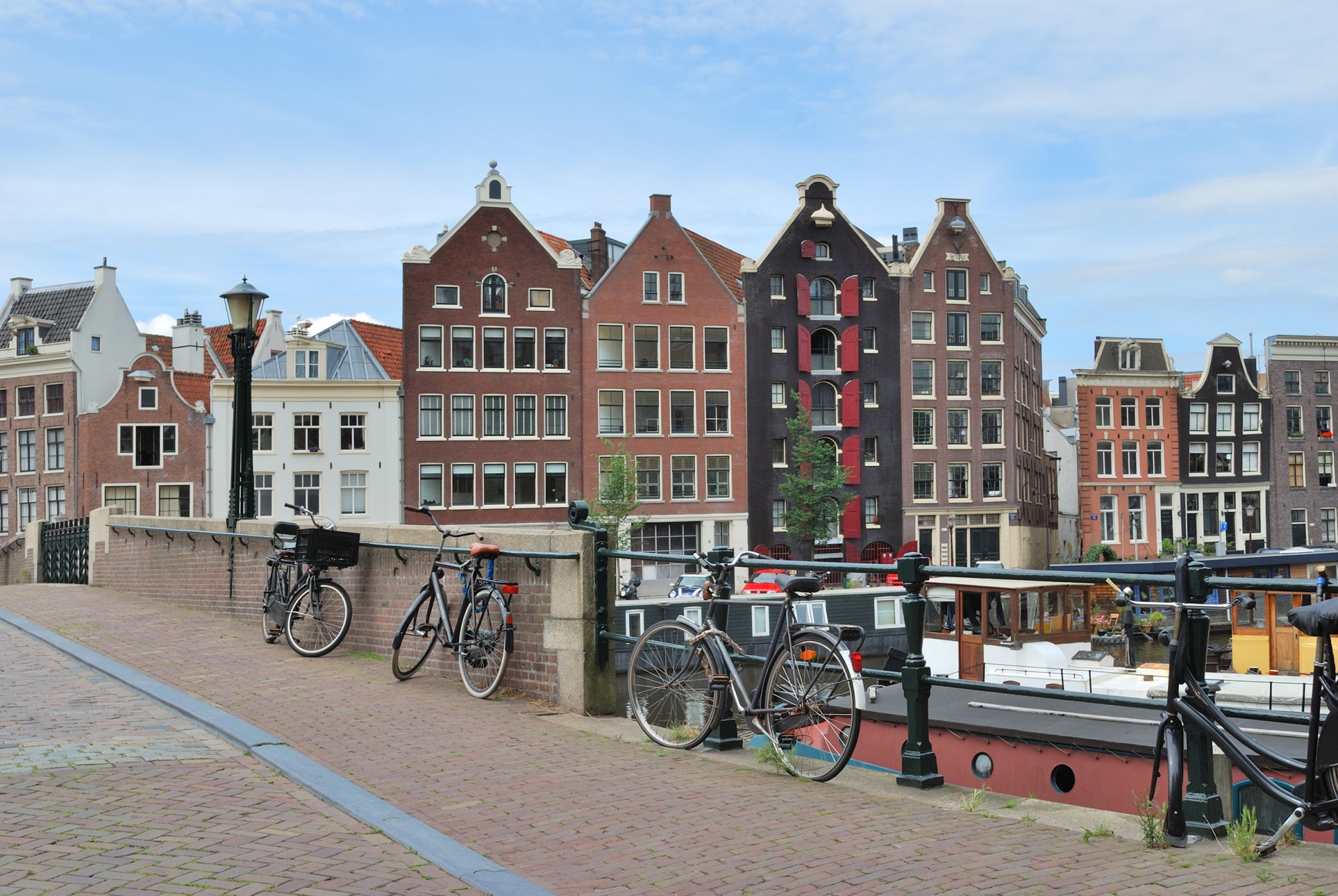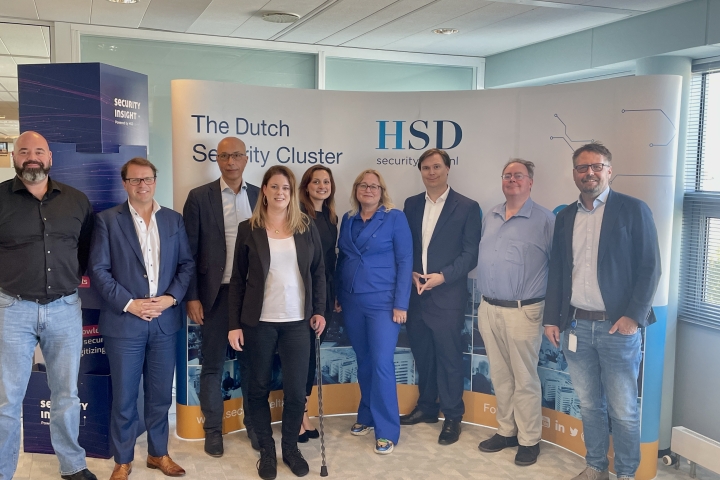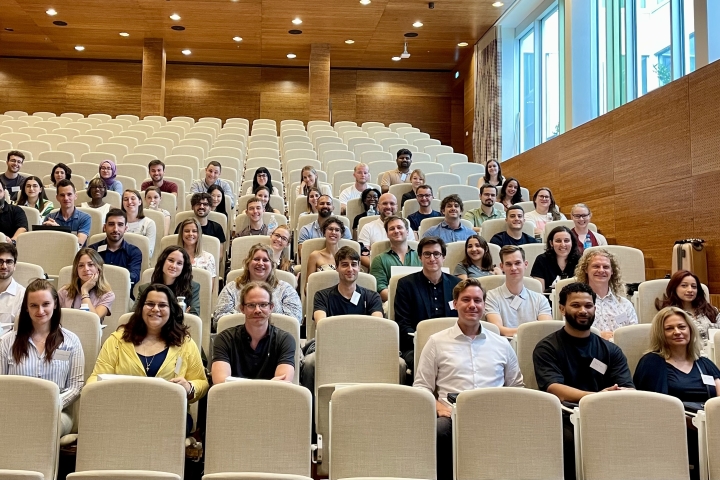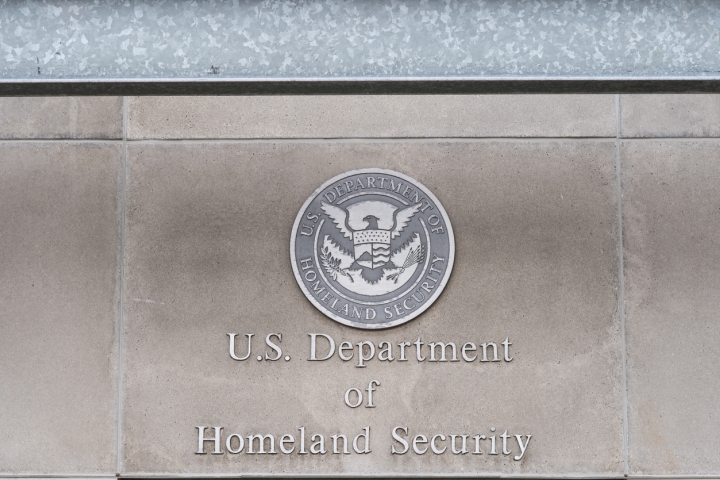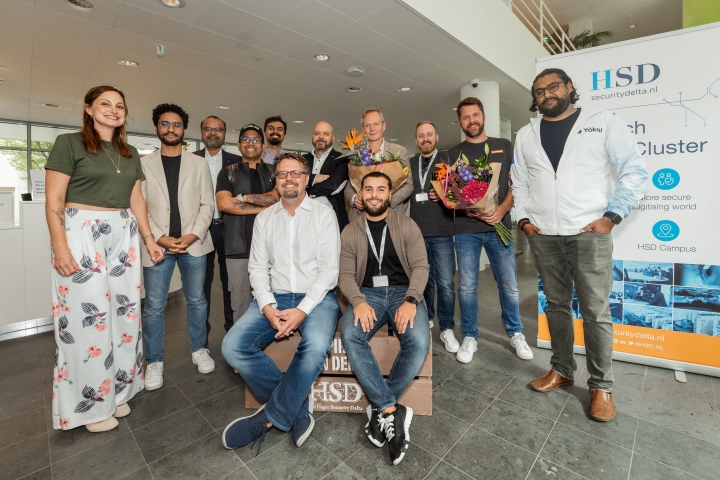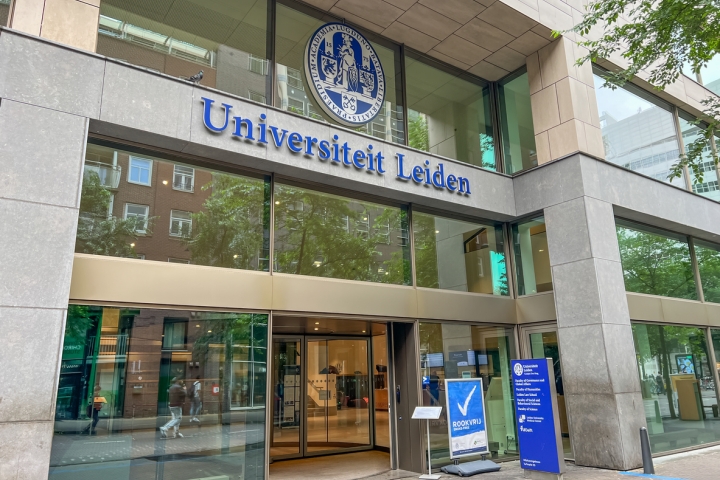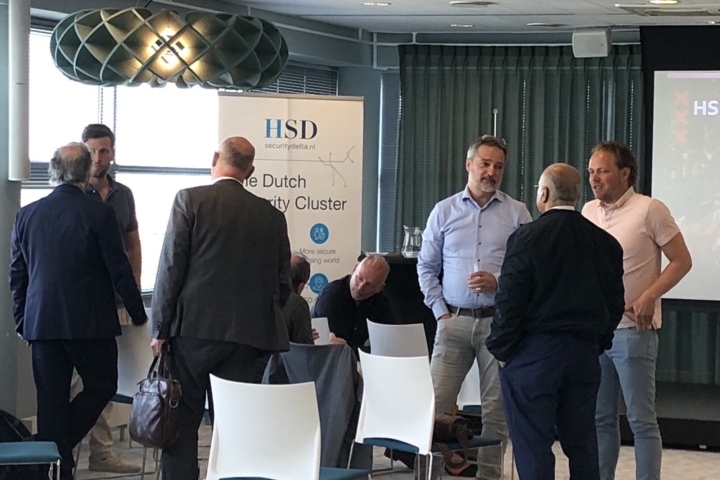Recap Smart Safety & Security Talks - Smart Solutions for Safer Streets
For some time now, the City of Amsterdam has been dedicated to addressing the issue of drug dealers in the alleys of the Red Light District. This strategy combines innovative technology, modifications to physical spaces, and subtle behavioral techniques to deter dealers. Ilse van Eck and Daan Groenink of the City of Amsterdam, openly shared their insights with colleagues from the police and other municipalities during the Smart Safety & Security Talk organised by the Impact Coalitie Smart Safety & Security.
Camera Surveillance: Limited Effectiveness
While camera surveillance might seem like an obvious solution, it has shown limited effectiveness in practice. Drug dealers can only be apprehended when caught in the act, reducing the utility of cameras. Furthermore, camera surveillance is highly intrusive, prompting the municipality to approach its use cautiously. To ensure a responsible approach, the Municipality of Amsterdam employs the TADA values, an ethical framework that prioritises privacy, transparency, and control over data. Learn more about TADA.
Sensory Interventions
Working with residents, police, and other stakeholders, the municipality designed interventions to make the environment uncomfortable for drug dealers. This resulted in several creative, sense-targeting solutions:
- Planters with sprinklers: Initially proposed to create discomfort but abandoned due to salmonella concerns.
- Bumpy tiles: Uneven pavement discourages loitering, and has proven successful in prompting dealers to move to areas without these tiles.
- Small spikes on stairs: Designed to prevent sitting without hindering walking, this is still under evaluation.
- Lighting and sound: Various lighting combinations, sometimes paired with art, were tested. Playing bird sounds from speakers to simulate early morning was another interesting idea.
Shifting the Focus to the Market
Beyond environmental interventions, the city also launched a campaign aimed at drug users. Despite reducing the number of dealers, resident complaints continued, underscoring that the issue extends beyond the dealers to those buying the drugs.
Democratic Assurance in Decision-Making
A critical component of the programme was involving residents in the design of the solutions. The city stressed the importance of democratic assurance to ensure broad support for the measures. However, a recent city council motion banning "hostile architecture" in public spaces—originally intended to prevent homeless people from sleeping on benches—has also impacted the interventions against drug dealers. This highlights the need to carefully balance democratic input across both the design and decision-making phases.
Key Takeaways
The programme offers several valuable lessons:
-
Technology Beyond Cameras: Many innovative solutions extend beyond traditional camera surveillance. Sensory interventions can effectively influence behavior.
-
Democratic Assurance: Involving residents in both the design and decision-making phases ensures broader acceptance and more sustainable solutions.
-
Comprehensive Focus: Tackling nuisance requires a focus not only on the dealers but also on visitors, businesses, and healthcare and enforcement efforts.
-
Flexibility in Response: Be prepared for the "waterbed effect," where issues shift to other locations. Flexible measures are necessary to address this.
Many municipalities are now exploring behavioral nudging techniques and sensor technologies to manage behavior in public spaces, and these developments are being closely monitored. For more information or questions about this approach, feel free to contact the Impact Coalitie Smart Safety & Security, at info@veiligesmartcities.nl.
Image credit: TanyaSv/iStock
